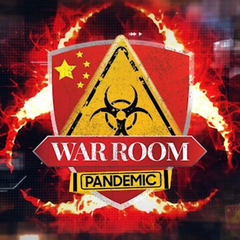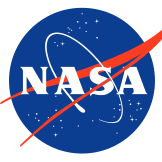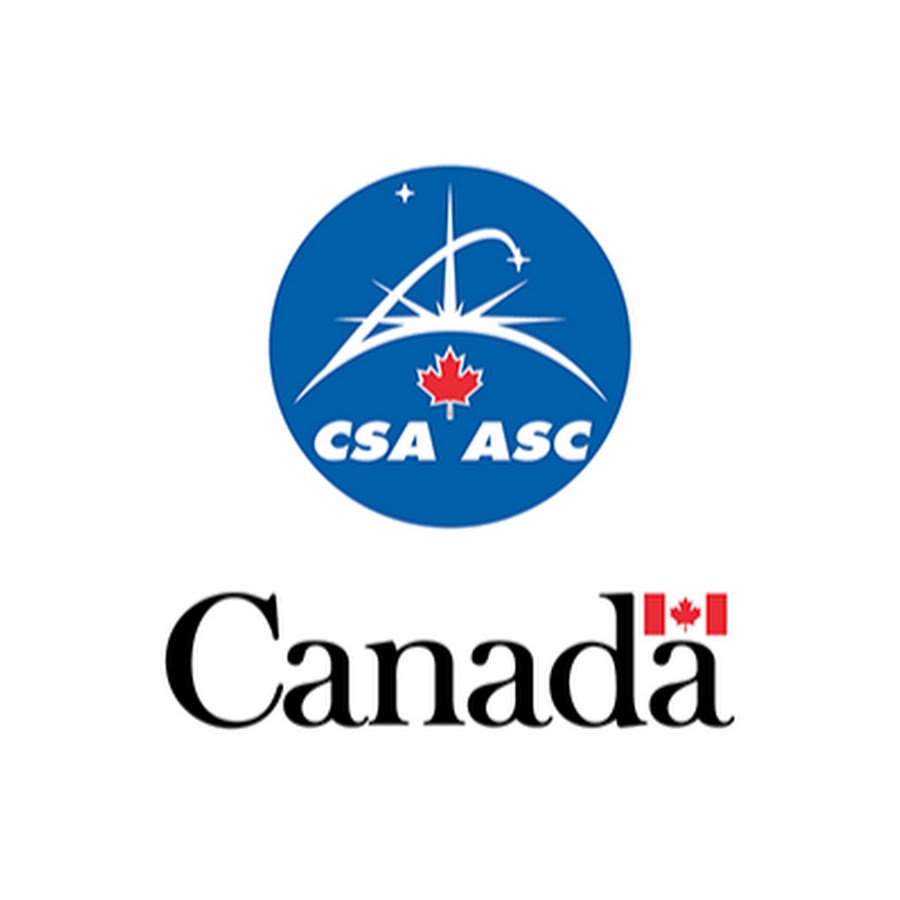Video Player is loading.
18
views •
July 26, 2018
US and EU to Eliminate Tariffs on Non-auto Industrial Goods
Mark Liu
0 Followed
President Donald Trump announced a “new phase in the relationship” between the United States and the European Union, as they struck a deal on trade on July 25.
Speaking to reporters at the White House together with European Commission President Jean-Claude Juncker, Trump said the two leaders had agreed “to work together towards zero tariffs, zero nontariff barriers, and zero subsidies on non-auto industrial goods.”
“We will also work to reduce barriers and increase trade and services, chemicals, pharmaceuticals, medical products as well as soybeans,” Trump said, adding that soybeans will be “a big deal.”
According to the agreement, the European Union will start “almost immediately” to buy more soybeans from the United States, “from our farmers in the Midwest primarily,” Trump said.
Wall Street welcomed the news. Stocks jumped to their highs in the afternoon after publisher Dow Jones leaked some specifics of the agreement ahead of the joint press conference.
The Dow Jones Industrial Average bounced more than 150 points in the last hour of trading after falling more than 100 points. The Nasdaq Composite jumped 1 percent to an all-time high and the S&P 500 gained 0.9 percent.
“When I was invited by the president to the White House, I had one intention: ... to make a deal today,” Juncker said during the press conference.
As part of the agreement, the United States and the EU also agreed to strengthen relations on energy.
“The EU will build more terminals to import liquefied natural gas from the United States. This is also a message for others,” Juncker said, referring to Europeans’ dependence on Russian gas.
Both sides also agreed to establish a dialogue on standards to ease the non-tariff barriers and reduce costs.
According to a recent report by the Office of the U.S. Trade Representative (USTR), the EU’s standard measures are so strict that many products that conform to international standards cannot meet EU standards. So the new agreement may ease some of the challenges that U.S. exporters face in accessing the EU market.
Both sides also will cooperate with “like-minded partners” to reform the World Trade Organization. They will fight against “unfair trading practices, including intellectual property theft, forced technology transfer, industrial subsidies, distortions created by state-owned enterprises, and overcapacity,” said Trump.
This mainly targets China. Both sides have agreed to jointly take a tougher stance on the Chinese regime’s protectionist and trade-distorting policies.
“We decided to set up immediately an executive working group of very intelligent people on both sides. They'll be our closest advisers, and they're going to carry out this joint agenda,” Trump said.
On June 1, the United States began imposing a 25 percent tariff on imported steel and a 10 percent tariff on imported aluminum from the EU, Canada, and Mexico.
As part of the deal, the United States will reexamine the tariffs on metals from the EU, said Juncker.
Both leaders did not address whether they had an agreement on automotive tariffs. But the United States will hold off further retaliatory tariffs, including the proposed tariffs on European cars, said Juncker.
Trump earlier asked Europe to scrap all tariffs and non-tariff barriers to American cars imported into the bloc. He said he would otherwise impose a 20 percent tariff on all automobile imports from Europe.
The EU applies a 10 percent tariff on passenger vehicles and 22 percent on trucks, whereas the United States imposes a maximum 2.5 percent tariff on imported passenger cars and a 25 percent tariff on pickup trucks and work vans.
According to a Financial Times article published earlier this month, Brussels had been planning to start an international dialogue on cutting tariffs between the world’s leading car exporters. The article cited three diplomats as a source, stating the European Commission was studying the probability of a deal with other big automotive exporters, including the United States, South Korea, and Japan.
It remains to be seen whether a tariff
Show All 
Comment 0











